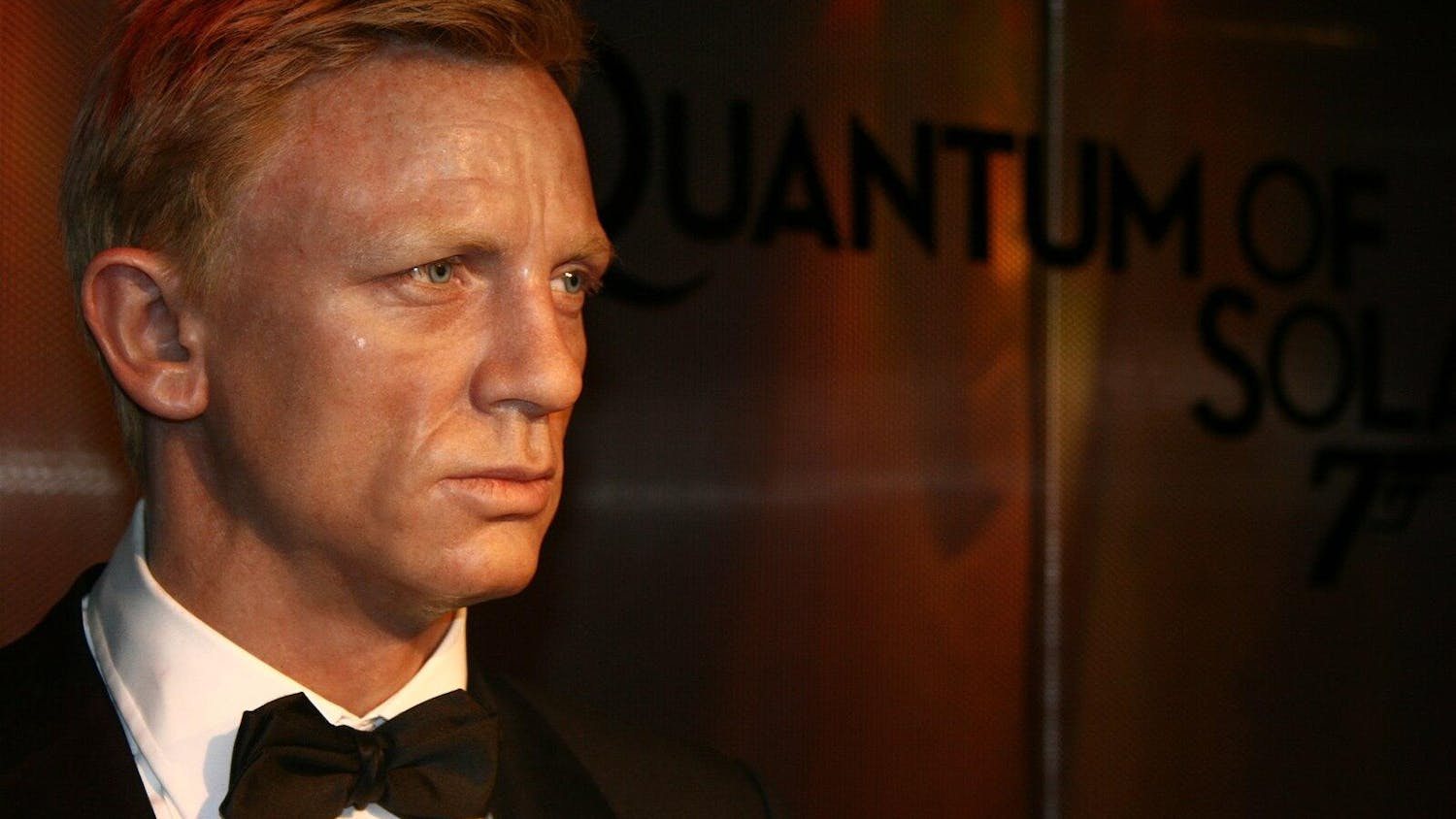Daniel Kwan and Daniel Scheinert’s “Everything Everywhere All at Once” (2022) is a breathtaking visual delight, spun by an action-packed plot and brought to life by Michele Yeoh in the lead. We follow Evelyn Wang, a laundromat owner juggling a failing marriage, a dwindling relationship with a resentful Gen-Z daughter and her father’s failing health, all while enduring a tax audit. Exhausted and exasperated, Evelyn is roped into a mind-bending mission to save the multiverse.
Daniel Scheinert and Daniel Kwan, a film-making duo known as Daniels, have gained their fame through music video direction, including the iconic video for DJ Snake and Lil Jon’s “Turn Down for What” (2013), which currently has over 1 billion views on YouTube. Since their transition into the cinema realm, the Daniels have transferred their skill of maintaining a viewer’s attention into film. Right from the start of “Everything Everywhere All at Once,” it is impossible to look away for fear of missing a crucial plot point or clever visual clue –– impressive, considering the nearly 2 ½-hour-long runtime.
“Everything Everywhere All at Once” makes heavy-handed use of cliched cinematic tropes: Evelyn is proclaimed as ‘the chosen one’ during a no-time-to-explain rudimentary exposition dump. This fill-in, all provided by an alternate-reality version of her husband, is promptly followed by a recognizable Jackie Chan-style fight scene.
This style of cynical hilarity permeates “Everything Everywhere All at Once.” The film’s irreverent, bordering on absurd, humor balances out the sheer grandeur of the questions it poses: One’s position in relation to the multiverse is no easy topic to approach. As Evelyn struggles to understand her place in the crumbling cosmic puzzle in front of her, the viewer is distracted by policemen with phalluses in place of arms, a sneak peak into a rom-com parallel universe full of hotdog-handed people and finally a literal everything bagel –– the film’s rendition of a black hole. Belly laughter elicited on the brink of genuine fear renders the film a perfect equilibrium of existential concern and the sheer thrill of being alive.
The film’s major themes are rooted in many of the hyperhuman universal experiences. Evelyn must connect with more successful or capable versions of herself from parallel universes to stop otherworldly forces from destroying everything. The notion of unrealized potential and existential dread are both common anxieties, but the film does so much more than address these psychological weak spots. In a spell-binding combination of highly choreographed action and poignant drama, it offers the kind of emotional release that only comes from another unlikely combination: truly valuing family and kindness –– and sincerely not giving a s**t.
In an interview for the New York Times podcast “Sway,” the star of the film, Michele Yeoh, described “Everything Everywhere All at Once” as a complex mix of film genres: “It’s a science fiction. It’s comedy. There’s drama. There’s a love story.” The conclusion of the film may appear to be somewhat cheesy, but it is precisely with this kind of unadulterated sentimentalism that it sends the viewer into true catharsis. After the gut-punching blend of LSD trip visuals and raw emotional clarity, an easily digestible happy ending is gratefully appreciated.
Turning a very ordinary woman into a superhero and humanity’s routine struggles into a superb multidimensional action, “Everything Everywhere All at Once” makes life seem like an adventure, no matter how hard you try to resist it.






